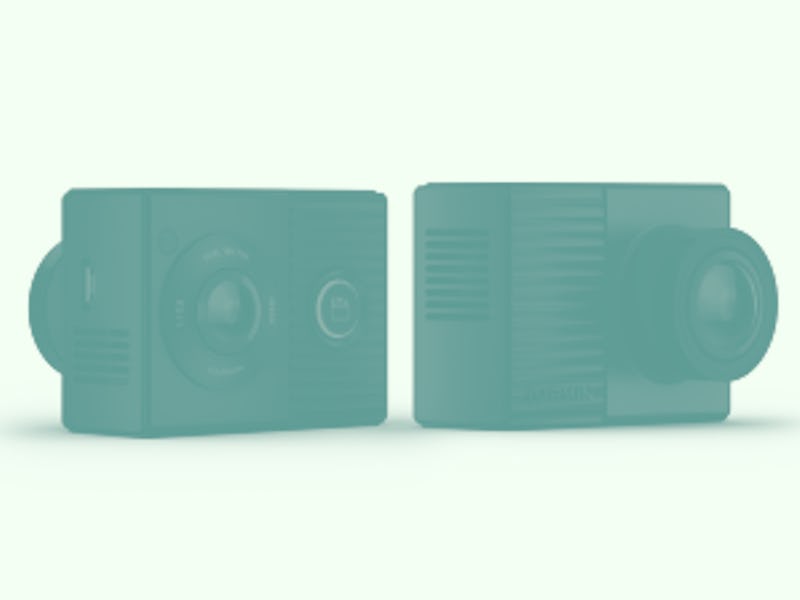Tech
Garmin announces dual-lens Dash Cam with interior night vision
Rideshare drivers can record the road ahead and their passengers simultaneously

Garmin, a household name for in-vehicle navigation, is getting deeper into video surveillance. The new Dash Cam Tandem upgrades its previous models by offering an additional lens with a 180-degree vantage point. The Tandem allows drivers to record the road for any incursions as well as the inside of the car, a bonus for rideshare workers. And, the interior camera uses Garmin’s NightGlo to record high-quality video even when it’s dark.
The $300 gadget joins an increasingly dense market of similar products, stoking privacy concerns for rideshare passengers.
What can the cameras do? — The exterior lens records 1440p quality video that can catch vehicle details while the interior camera caps out at 720p video, bolstered by night vision. All of the captured video can be viewed in the Garmin Drive app. If a driver needs more coverage, the app can sync up to four dash cams from Garmin’s line.
The device also features a motion-detecting parking mode, so drivers can monitor what’s happening in and outside their cars when they’re not around. You’ll get no more mystery scratches and it’s easy to share the videos with law enforcement if someone breaks into the vehicle.
Rideshare pros and cons — A big brand name offering comprehensive surveillance like this is a boon for rideshare drivers. At the very least, add-on backup or forward-facing cameras have become more commonplace so they can provide evidence of accidents. Some drivers have followed the lead of official taxis, like those in NYC, that feature interior cameras for overall driver and passenger safety.
“With rideshare services like Uber and Lyft on the rise as well as unforeseen altercations happening inside vehicles, it makes great sense for these drivers to depend on a high-quality dash camera that records not only what’s happening on the road, but also what’s going on inside their vehicles at all times,” said Dan Bartel, Garmin vice president of global consumer sales in a statement.
The problems with Uber or Lyft drivers individually opting for interior surveillance are that they’re the only ones accountable for the footage, and passengers have generally not been warned that their ride will be recorded before getting into the vehicle. Uber’s Safety Toolkit allows both passengers and drivers to record audio, updating its terms accordingly, and dashcam video can only be used for security purposes. Lyft defers to local laws on recording strangers, and both companies encourage signage to make passengers aware of the camera.
As with most modern safety solutions, the Dash Cam Tandem is only as valuable as the privacy regulations around it.